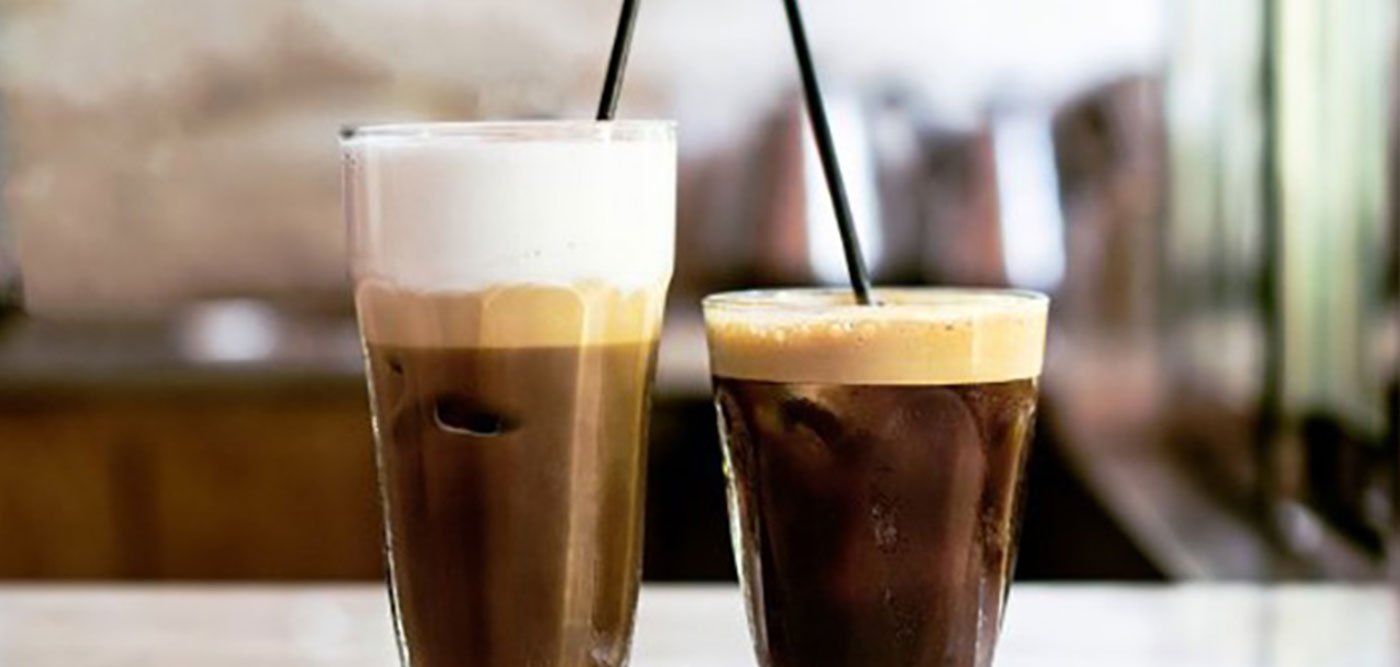
straw: Plastic recycling myth Dispel illusions with paper straws, says Greenpeace. All developments in xristika.gr.
The existence of a circular plastic economy is a “myth”. This is indicated by the Greenpeace USA report, which confirms that production is increasing while recycling rates are decreasing.
According to this analysis, American households generated 51 million tons of plastic waste in 2021, of which only 2.4 million tons were recycled.
The trend is downward, especially after China, in 2018, stopped accepting Western plastic waste and at the same time recycled some of it.
In addition, the prices for plastic production are declining, as the plastics industry is developing rapidly.
The first is polyethylene terephthalate (PET), used in bottles of water and soft drinks, and the second is high-density polyethylene (PE-HD), for example in shampoo bottles or household products.
These two types are categorized as No. 1 and 2 according to the specifications used which total seven types of plastic.
But being recyclable in theory does not mean that products are actually recycled.
According to the report, PET and PE-HD had recycling rates of 20.9% and 10.3%, respectively – lower than the previous Greenpeace USA survey in 2020.
In addition, Type 3 to 7 plastics – which include plastic bags, children’s toys, yogurt packaging… – are recycled at rates of less than 5%.
Although they bear the symbol that they are recyclable, these products, which use 3 to 7 plastics, are not actually recycled enough to be classified as recyclable by the Federal Trade Commission (FTC).
Straw: not economical
According to the report, the practice of plastic recycling is not working for five reasons.
First, because the amount of plastic waste is difficult to collect all.
Moreover, even if they are all recovered, since these wastes cannot be recycled together, this makes it virtually “impossible to sort out thousands of billions of products,” according to the report.
Third, plastic recycling processes are themselves harmful to the environment, exposing workers to chemicals and producing microplastic particles.
The fourth reason is that these recycled plastics cannot be reused as food containers due to the risk of them being toxic.
Finally, recycling costs are prohibitive, according to the NGO.
The report notes that “the new plastic is a direct competitor to recycled plastics” and “the production of the former is much less expensive and of better quality.”
Lisa Ramsden has called for preference to non-plastic containers that can be reused and for communities to support an international treaty on plastics, which the United Nations began drafting this year.
She emphasized that the problem of plastic recycling is unique and does not apply to cartons or metals.
Kalamakia: fuss from the price of coffee
The price of coffee in the EU in August 2022 was on average 16.9% higher than last year, and last year recorded an average increase of 0.5% compared to 2020.
In our country, according to the same Eurostat data, the price of coffee in August increased by 13.3% compared to last year.
Finland ranked first in coffee prices with 43.6%, followed by Lithuania (+39.9%), Sweden (+36.7%), Estonia (+36.4%) and Hungary (+34.3%).
The same figures also recorded a significant increase in the prices of sugar and dairy products, which in many cases “complement” coffee.
In particular, sugar in August rose at the pan-European level on average, by +33.4%. Poland recorded the largest increase of 109.2%. It is followed by Estonia (+81.2%), Latvia (+58.3%), Bulgaria (+44.9%) and Cyprus (+43.2%). In Greece, sugar is up 27%.
As for whole milk, its price in August increased on average across Europe by 24.3%, while low-fat milk increased by 22.2%. In Greece the corresponding proportions were 17.9% and 16.7%.
The highest annual increases in whole milk prices were recorded in Hungary (+51.7%), Lithuania (+46.8%), Croatia (+43.5%), the Czech Republic (+43.3%) and Latvia (+40.1%). In low-fat milk, respectively, in Lithuania (+ 50.2%), Croatia (+ 41.2%), Estonia (+ 38.9%), Germany (+ 30.6%) and Hungary (+ 30.1%).
Hay: outrageous increases
Significant increases in the prices of coffee (+16.9%), sugar (+33.4%) and fresh milk (+24.3%) were recorded in August 2022 in the European Union, compared to August 2021, according to data from the European Statistical Service (Eurostat). ) released today.
In particular, August 2022 data shows that the price of coffee in the European Union was on average 16.9% higher than it was in August 2021.
The largest increase in coffee prices in the European Union was recorded in August 2022 in Finland (+43.6%), Lithuania (+39.9%), Sweden (+36.7%), Estonia (+36.4%) and Hungary (+34.3%).
The price of fresh whole milk increased by an average of 24.3% between August 2021 and August 2022, while the price of fresh low-fat milk increased by 22.2% during the same period.
The highest annual increases in whole milk prices among EU member states were recorded in Hungary (+51.7%), Lithuania (+46.8%), Croatia (+43.5%), the Czech Republic (+43.3%), Latvia (+40.1%) and milk Low fat in Lithuania (+50.2%), Croatia (+41.2%), Estonia (+38.9%), Germany (+30.6%) and Hungary (+30.1%).
The highest annual inflation was reported in August 2022 for sugar (+33.4%), with a notable rise in Poland (+109.2%), followed by Estonia (+81.2%), Latvia (+58.3%), Bulgaria (+44.9%) and Cyprus (+43.2%).
Eurostat data shows that all three items (coffee, milk and sugar) registered price increases in all EU member states.

“Avid problem solver. Extreme social media junkie. Beer buff. Coffee guru. Internet geek. Travel ninja.”





More Stories
“Recycling – Changing the water heater”: the possibility of paying the financing to the institution once or partially
Libya: US General Meets Haftar Amid Tensions Between Governments
New tax exemption package and incentives for business and corporate mergers..